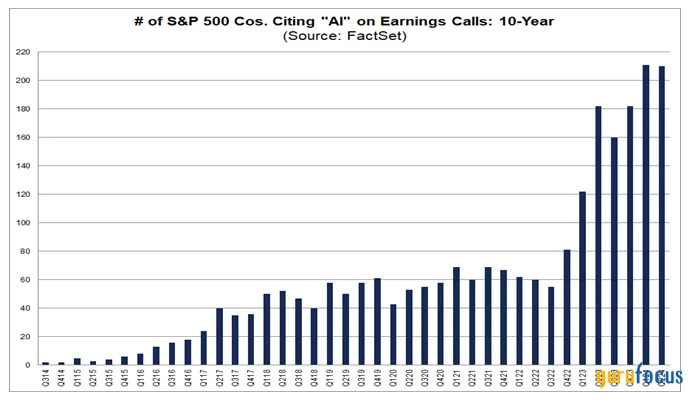The article discusses the difficulty in determining the total amount owed against homes through home equity lines of credit (HELOCs) in Canada. Here are some key points:
- The six largest banks in Canada reported $223 billion in outstanding HELOC balances as of January 31, which accounts for about 10% of the country’s $2.17 trillion total household debt.
- However, the breakdown of amortizing versus non-amortizing HELOC balances is not consistently reported by the banks. Some banks disclose both types, while others only report one or the other.
- The Toronto-Dominion Bank reported $87 billion in HELOCs, with 60% ($52.2 billion) being amortizing and the remaining $34.8 billion non-amortizing.
- Royal Bank of Canada reported $39.6 billion in non-amortizing HELOCs, while Canadian Imperial Bank of Commerce does not disclose the breakdown for its hybrid product.
- The Bank of Nova Scotia only reports non-amortizing HELOC balances, with a total of $20.8 billion as of January 31.
- National Bank of Canada reported that half of its $22.2 billion in HELOCs are amortizing, while the other half are non-amortizing.
- The possibility for borrowers to pay only the monthly interest due on the loan is a major concern regarding non-amortizing HELOCs.
The Bank of Canada requires lenders to report more detailed information about HELOCs as part of its analysis of financial system vulnerabilities and risks. This new reporting requirement aims to provide a clearer picture of the total amount owed against homes in Canada.
Sources:
- Bloomberg Intelligence
- Toronto-Dominion Bank
- Royal Bank of Canada
- Canadian Imperial Bank of Commerce
- Bank of Nova Scotia
- National Bank of Canada
Note: This response is based on the information provided in the article and may not reflect real-time data or more recent developments.




